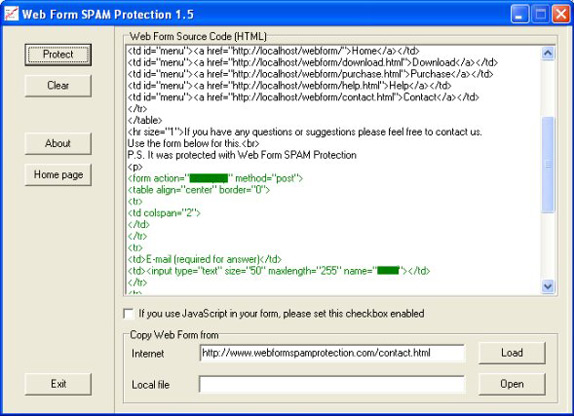

- #Turn on spam protection based on dns blackhole lists full
- #Turn on spam protection based on dns blackhole lists software
- #Turn on spam protection based on dns blackhole lists series
Similarly to transport agents, anti-spam agents are assigned a priority value. Anti-Spam Mailbox AgentsĪnti-spam agents are usually enabled on mailbox servers when an organization does not have an Edge Transport server or some sort of third-party anti-spam filtering appliance. It handles SMTP mail flow for the organization, performs message categorization, content inspection and does queue messages locally.įor these reasons, anti-spam agents in Exchange 2013 run on Mailbox servers. On the other hand, the Transport service, which runs on all Mailbox servers, is almost identical to the Hub Transport server role in previous versions of Exchange. However, remember that CAS servers now act as a stateless proxy for all inbound and outbound external SMTP traffic, it does not inspect message content and does not queue any messages locally. With the server role consolidation in Exchange 2013, one might expect the anti-spam agents to now be installed on the Client Access servers (CAS), which run the Front End Transport service, since this service is the first point of contact for any inbound e-mail to the organization. It uses transport agents to provide anti-spam filtering with built-in anti-spam agents available remaining relatively unchanged from Exchange 2010. Anti-Spam in Exchange 2013Īs with previous versions of Exchange, 2013 provides a layered approach to help reducing spam. For more information on DLP, please check the Exchange 2013 Data Loss Prevention article. We will start by reviewing the anti-spam features of 2013, which are virtually identical to Exchange 2010 and then explore the new capabilities introduced around anti-malware protection.įor the first time, an Exchange release provides both anti-spam and anti-malware protection out of the box.Īlthough Data Loss Prevention (DLP) can be used to help protect sensitive data, this article will only focus on protecting against spam and viruses. So what should organizations with an on-premise Exchange 2013 deployment do for anti-spam and anti-malware protection? To answer this question, let us have a look at what Exchange 2013 provides in this subject. Unfortunately, cloud solutions such as EOP are not suitable for every organization. Microsoft’s recommendation was now for organizations to use Forefront Online Protection for Exchange (FOPE), now named Exchange Online Protection (EOP) in its latest release. As to the latter, first there was Microsoft Antigen for Exchange 2003, then Microsoft Forefront Security for Exchange Server (FSE) for Exchange 2007 and finally Microsoft Forefront Protection 2010 for Exchange Server (FPE) for both Exchange 2007 SP.Īs we all know, in September 2012 Microsoft announced it was discontinuing further releases of all of the Forefront suite products, with FPE support expiring December 31, 2015.
#Turn on spam protection based on dns blackhole lists software
As such, all these features were typically complemented either by using anti-pam/anti-malware third-party software or appliance, or Microsoft’s own software. However, although this provided a good level of protection, there was never in-built anti-malware protection for some reason.
#Turn on spam protection based on dns blackhole lists full
This meant that small organizations that did not have the means, capabilities or enough e-mail volume to justify the cost of installing and maintaining a full perimeter network together with an Edge Transport server, could still take advantage of almost all its anti-spam capabilities. All these features could also be enabled on a Hub Transport server, with the exceptions of connection and attachment filtering. With Exchange 20, Microsoft further improved Exchange’s anti-spam capabilities by providing connection filtering, content filtering, attachment filtering, sender ID, sender/recipient filtering, sender reputation and IP allow/block lists out of the box on an Edge server. IMF, first released in May 2004 became an integral part of Exchange 2003 in SP2. Microsoft understands these threats and, as such, Exchange has been providing anti-spam protection out of the box for many versions now.Įxchange 2003 had built-in Open Relay Filter or DNS Blacklist and Realtime Blackhole List capabilities which were later complemented by Microsoft Exchange Intelligent Message Filter (IMF) that used Microsoft SmartScreen technology to provide better anti-spam protection. Every year, the volume of e-mail spam and viruses keeps increasing as so does their sophistication. Spam and viruses have been a concern for any messaging administrator since almost the first public messaging environment. Anti-Spam and Anti-Malware Protection in Exchange 2013 (Part 3).

Anti-Spam and Anti-Malware Protection in Exchange 2013 (Part 2).
#Turn on spam protection based on dns blackhole lists series
If you would like to read the other parts in this article series please go to:


 0 kommentar(er)
0 kommentar(er)
